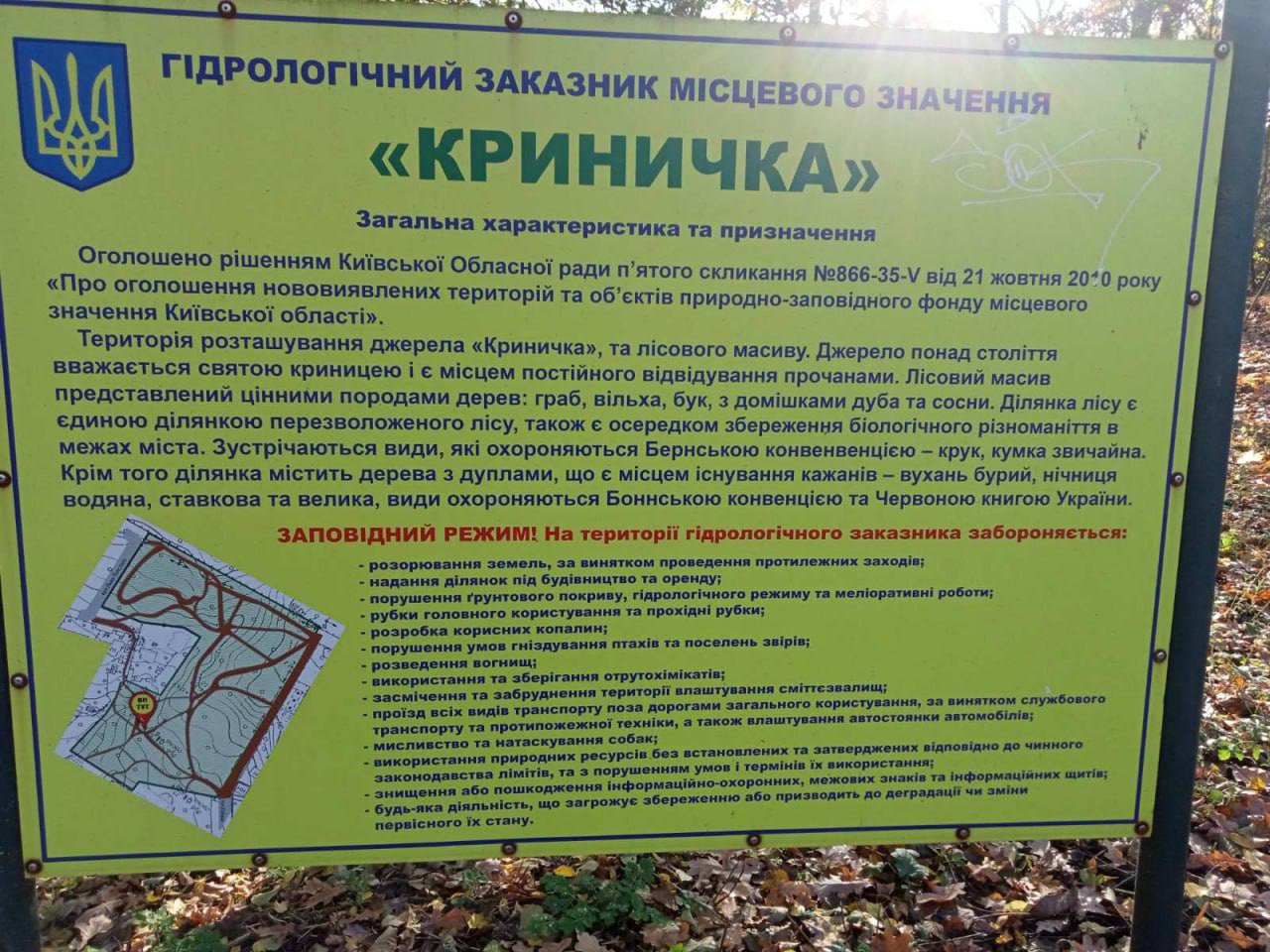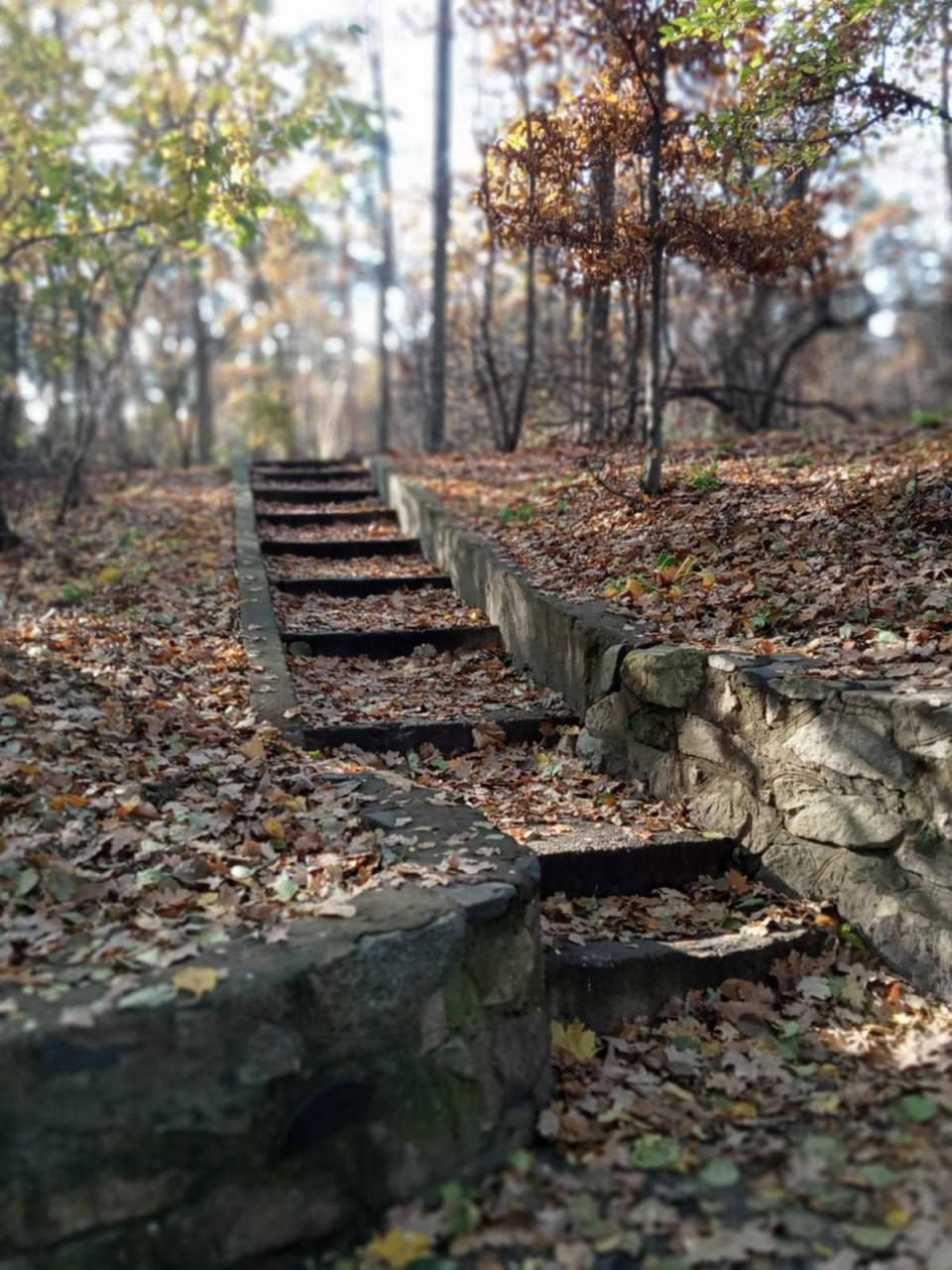 |
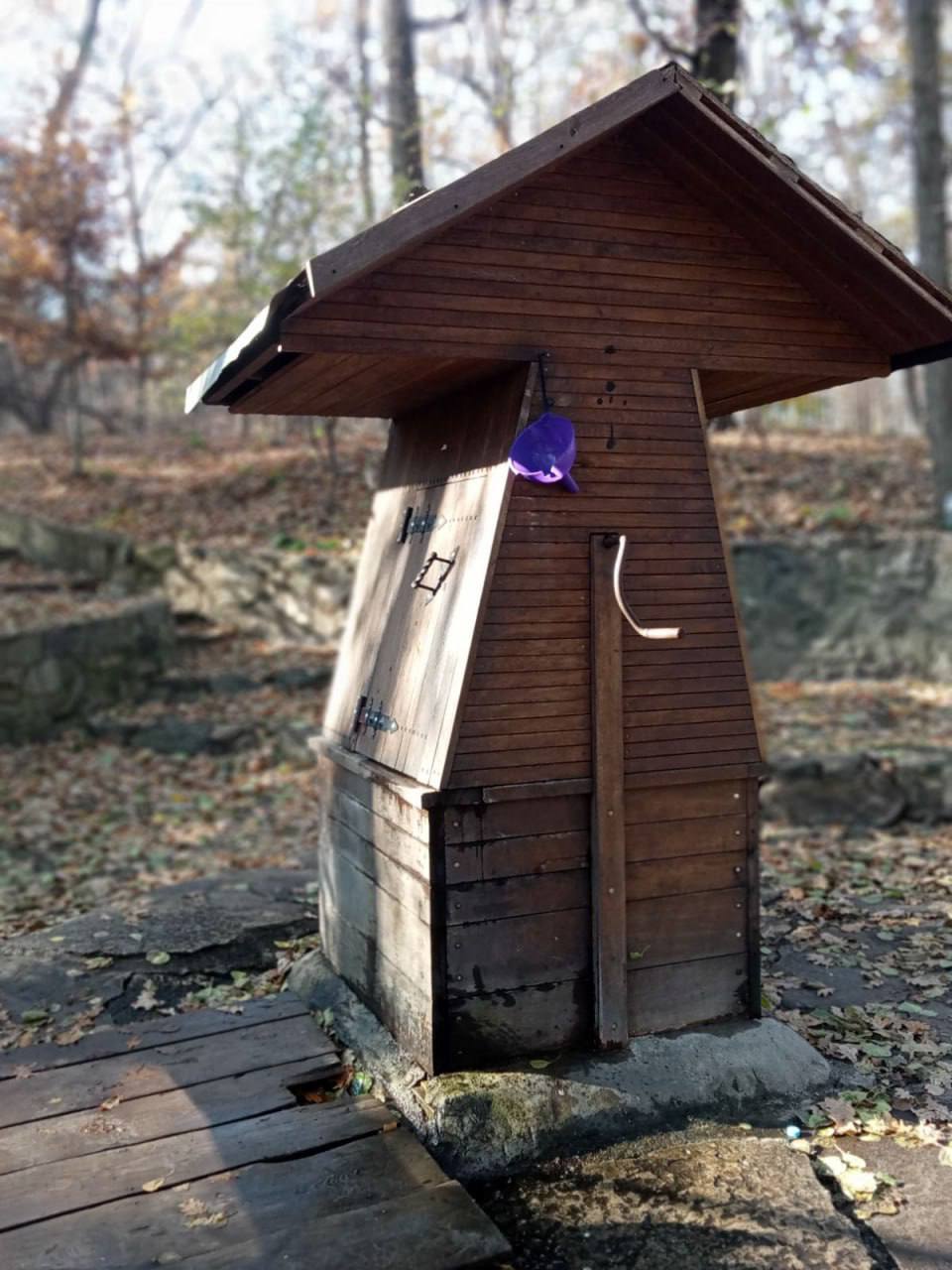 |
We continue to tell stories about the unique corners of Irpin, events and personalities of prominent people. The place is always enveloped in centuries-old tranquillity, guarded by oaks in centuries-old "chain mail", which are abundant on the hills that resemble small Carpathians. And near the well itself, you will be surprised by tall alders with powerful roots that in some places, when they come to the surface, resemble eagle paws.
The eye will be fascinated by the stream, which weaves a silver thread between the trees, as if it wants to sew a golden carpet of fallen leaves from the Black Forest, as this area was called in ancient times, and also the Pylypiv Stream tract. The Tax University is also located in this area. A 700-year-old oak tree with a trunk diameter of 6.1 metres grew near its buildings. In 2010, the oak died. After the loss of this "old-timer", the 600-year-old Pradub was recognised as the city's oldest natural monument, as was the decision of the Regional Council on 17 June 2010. At a height of 1.3 metres, the thirty-metre oak tree has a trunk of 5.9 metres.
According to Wikipedia, according to folk etymology, the Pylypiv Potik tract was named after the hermit Pylyp. According to legend, where his tears fell during prayer, a stream in the forest pulsated and a well appeared. Since then, hundreds of pilgrims have come to the holy well.
However, if such a legend belongs to legends, there are still facts that show that "Krynychka" was a place of prayer when monks from Kyiv monasteries that were closed during the atheism in the 1930s were sent to Irpin as a kind of exile. So the monks gathered here, away from the authorities, to pray together. According to the old-timers, there was also a catacomb church, or an underground church. Again, in the 1930s, a group of monks led by Hieromonk Erasmus was repressed and everyone forgot about the underground church, but not about the well, because its water still attracts people like a magnet.
The Krynychka area has experienced many tragic events, when its source was filled up by inept officials in the Hammer and Sickle era, and in our time it was defended by the community from development. And it did. Today, the Krynychka has a certificate of protection from the water commissioner, and the path to it is not overgrown, as it was in the old days.
Once upon a time, the healing properties of its water were legendary, and people came to Irpin for treatment from all over the world. According to legend, some people were brought here on stretchers, but after a few weeks of treatment with the water of the Irpin well, they recovered and got back on their feet, and for some, its water helped to heal their eyesight. There is also a legend that Lesia Ukrainka visited the well. Although there is no written evidence of this, it could have happened. The poetess lived in Kyiv on Saksahanska Street next to the famous hydropath Witold Kaminsky, who had a hydropathic clinic in Bucha, where he healed people with simple water procedures. He could have told Lesia Ukrainka about the Irpin well where she could have visited.
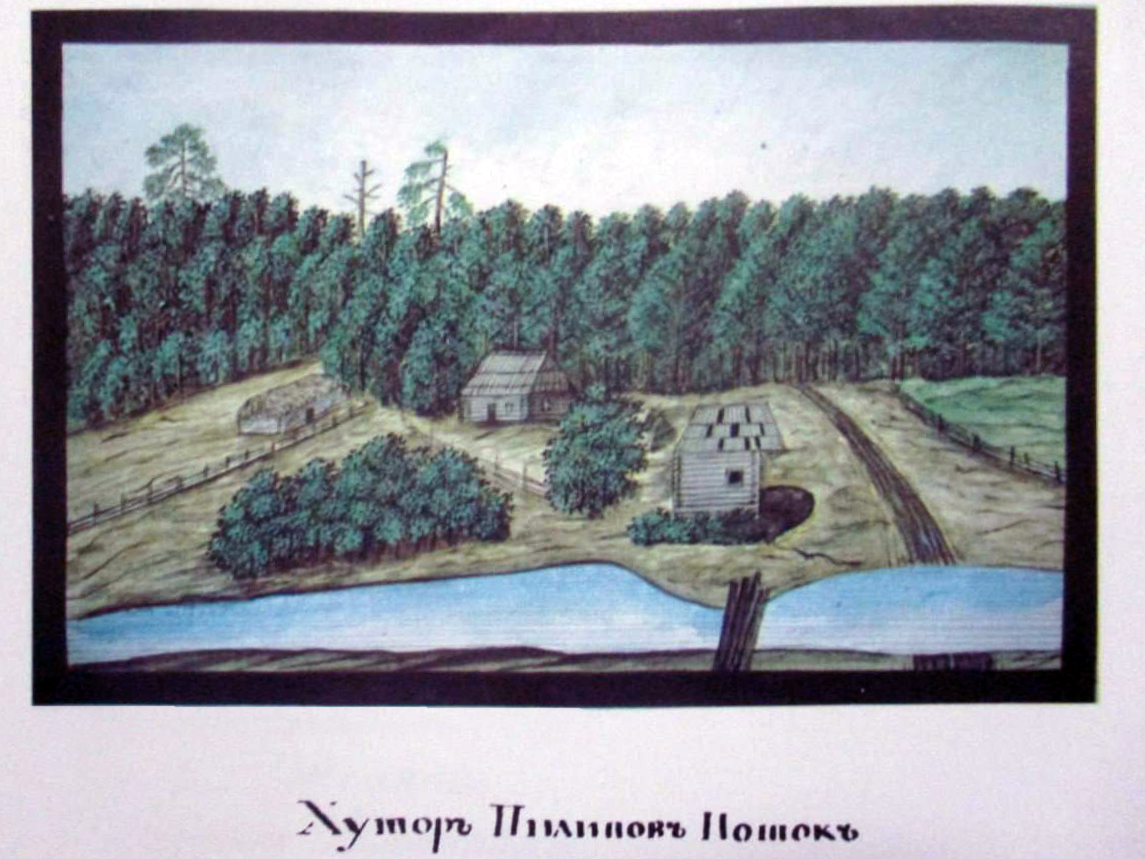
The area near the well, which in ancient times was called Pylypiv Potik, came into history when it was still very far from the city itself. But this area was so picturesque that it was depicted by Napoleon's doctor, the chief surgeon of the French army, Dominique Pierre de la Fleece, who was taken prisoner. In one of his local history articles, the famous historian Anatolii Zborovskyi wrote the following: "But the Frenchman did not lose heart. He married his nephew, Lieutenant General Vasyl Hudovych, and settled in Ukraine. Fortunately for Irpin and many other towns and villages in the Kyiv district.
Because Demian Petrovych Delaflyz (as he was called here) described in detail and even painted many towns and villages in the Kyiv region, including Romanivka, Mostyshche and the village of Liubka in our region and the aforementioned Pylypiv Potik, where the tax university is located nearby today."
P.S. According to the Wikipedia article, the place name Pylypiv Potik is almost unknown to most residents of the corner, as the local population was constantly changing due to the influx of new settlers.
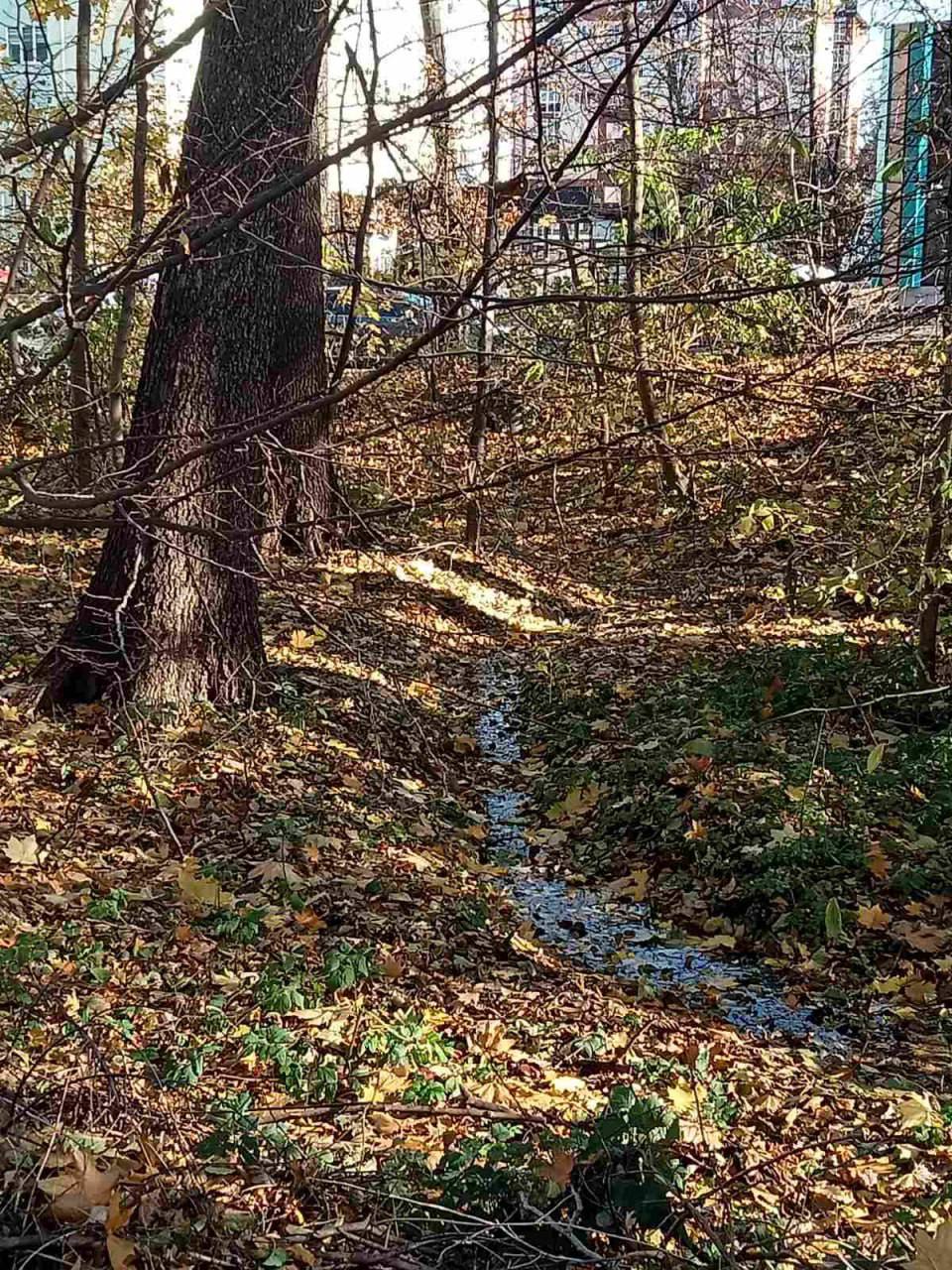 |
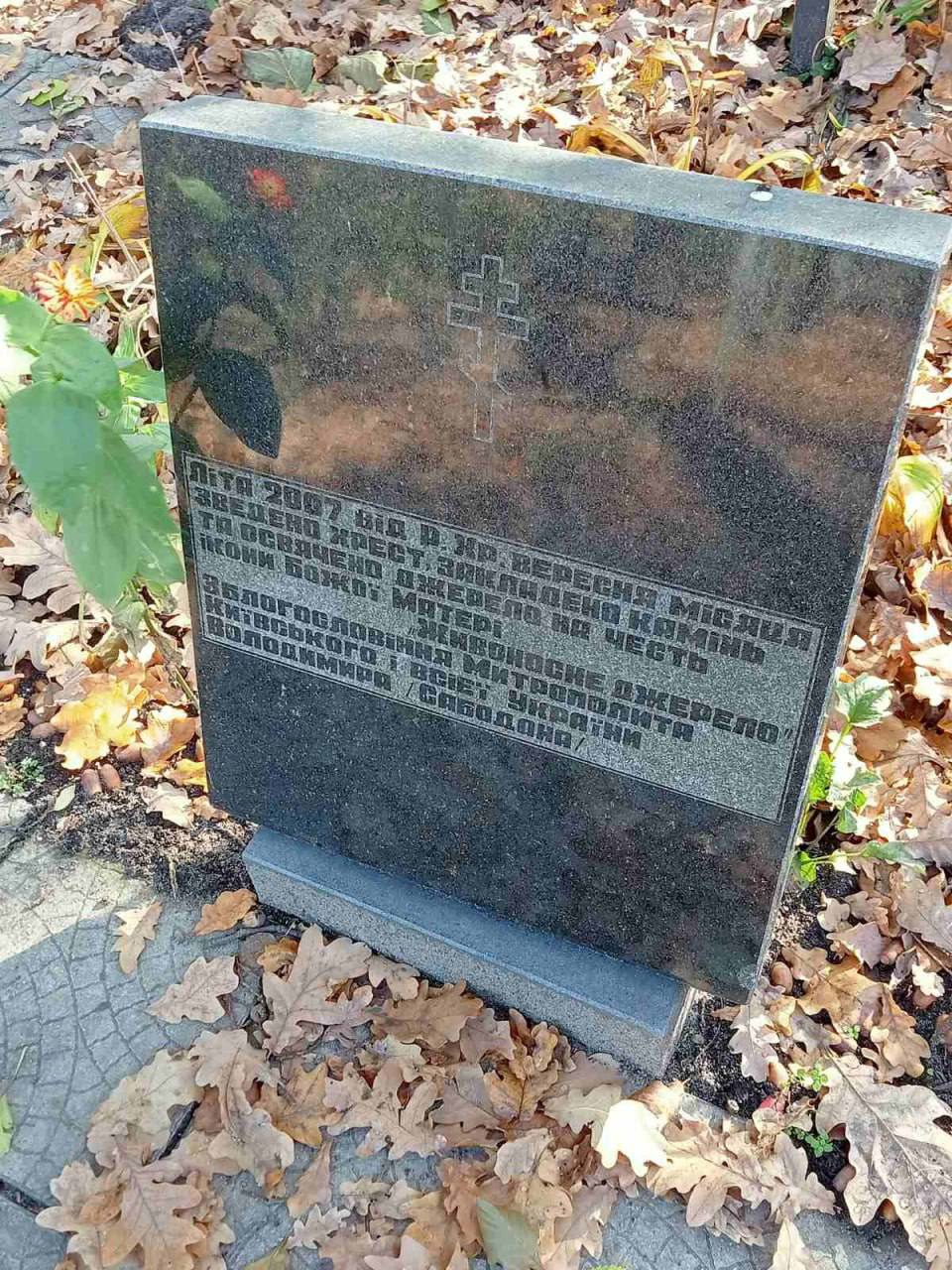 |
